HOW CAN I CONVERT MY(VSC) SQUARE WAVE OUTPUT TO A SINE WAVE OUTPUT
- 1
- 1
- 2
-
5WITH FILTERS AND STUFF. Otherwise, can't think with all the shouting in here. – Olin Lathrop Jul 29 '16 at 12:27
-
5MY EARS AND MY EYES ARE BLEEDING! See [help] and [this](http://electronics.stackexchange.com/questions/28251/rules-and-guidelines-for-drawing-good-schematics). – LorenzoDonati4Ukraine-OnStrike Jul 29 '16 at 12:38
-
1Its probably easier to gainfully employ the 555 as a tiny paperweight or power-on LED blinker and make a sine-wave oscillator, such as a [Wien bridge](https://en.wikipedia.org/wiki/Wien_bridge), in the first place. Or use a DDS (Direct Digital Synthesis) chip with a high frequency low pass filter like most folks these days. – Spehro Pefhany Jul 29 '16 at 14:00
3 Answers
If your square wave is a fixed frequency then you can convert to a fairly respectable sine wave using a multiple order low pass filter: -
So, if your wanted frequency is "1" you need to have significantly attenuated the 3rd harmonic ("3") shown on the normalized frequency above. A 6th order filter reduces the 3rd harmonic by 60 dB but maybe you can live with the 3rd harmonic being reduced only by 30 dB (n = 3 would be suitable in this case).
I had to do this recently but needed high reduction of harmonic content (present in the square wave) and used a 12th order low pass filter (basically 6 sallen key filter stages but I could have used the solution outlined further below). Anyway, here is a table that shows the harmonic content of various rudimentary signals with the square wave being 2nd from the top: -
If your square wave frequency has to change over a large range then I suggest you use one of these: -
This works from 800 Hz to 800 kHz but there are others supplied by LTI that can cover a lower frequency range. The problem is that it needs a clock that is 50 times higher than your square wave. This makes it more complex but can be done with a phase locked loop (PLL). Alternatively, scrap the 555 idea and start with a clock that is 40 kHz to 800 kHz (or subdivision of) and divide it down to get the frequency you wish to use.
Like I said LTI produce chips suitable for frequencies lower than 800 Hz. For instance the LT1064 can go down to 100 Hz: -
And, the LTC1063 can go down to virtually DC: -
- 434,556
- 28
- 351
- 777
The easiest method is to put the square wave through an RC low pass filter. (http://www.electronics-tutorials.ws/filter/filter_2.html)
The basic idea is to make use of the property of a capacitor which is that the voltage across the capacitor cannot change instantaneously. Because the voltage cannot change instantly, the square wave will get "shaped" or "smoothed" to look more sine wave like.
- 887
- 1
- 6
- 18
-
-
Well what is the output frequency of the 555 and what filter are you using? – bitshift Jul 29 '16 at 12:36
-
I used RC low pass filter. and the output frequency is 1hz to 2khz – Ahmed Younis Jul 29 '16 at 13:23
-
2You will need something more complex than a simple RC filter if the frequency is not fixed – bitshift Jul 29 '16 at 13:27
It depends on how pure you need the sine wave to be. If you just want a sine-like wave you can double integrate the square wave:
But it's not a real sine wave; the integration of a square creates a triangle wave. This integration creates positive and negative parabolic shapes.
If you need a pure sine wave you could consider a tight band-pass filter at resonance on the square wave center frequency.
- 4,320
- 1
- 17
- 25
